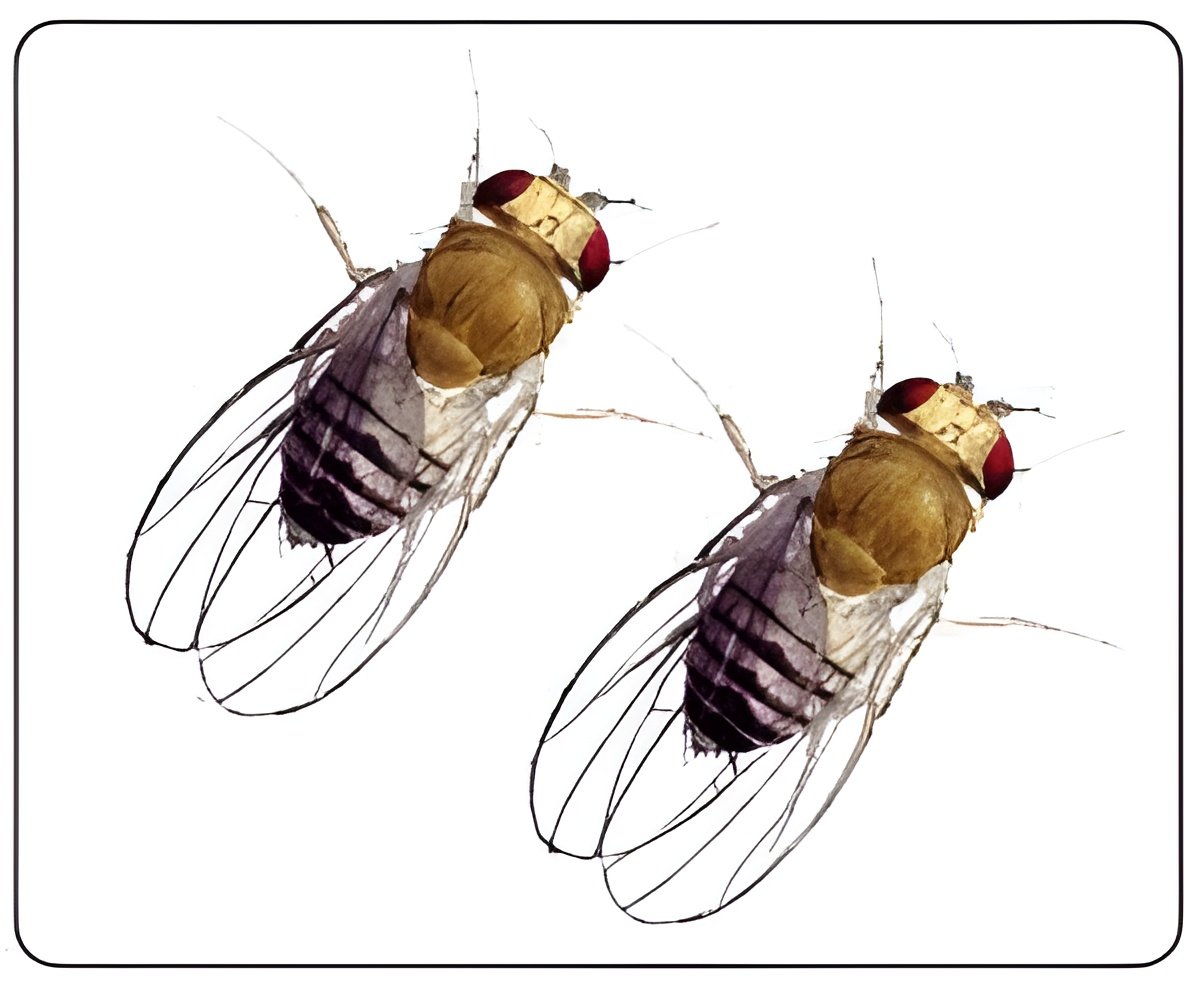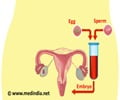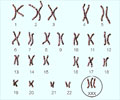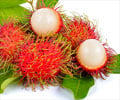Studies done by a geneticist on a common fruit fly sheds new light on relations between evolution and fertility.

"My research focuses on the evolution of sex and in gamete function," Timothy Karr, from Arizona State University's Biodesign Institute, said.
"I focus primarily on the sperm side of the sexual equation. I'm interested in how they originated and how they are maintained in populations," he said.
The study re-examines an earlier paper that analyzed the sex chromosomes of fruit flies during spermatogenesis - the process that produces mature sperm from germ cells.
While the previous paper, by Lyudmila M Mikhaylova and Dmitry I Nurminsky, argued against the silencing of sex-linked genes on the X chromosome in Drosophila during meiosis-a process referred to as Meiotic Sex Chromosome Inactivation (MSCI) -the reanalysis presented by Karr suggests MSCI is indeed occurring.
The work sheds new light on the evolution of sperm structure and function, through an analysis of Drosophila genes and gene products.
Advertisement
Perhaps no other model organism has yielded more insights into human genetics than the tiny fruit fly Drosophila melanogaster.
Advertisement
Most importantly, the similarity in the genetic systems of fruit flies and other eukaryotic organisms including humans makes these model organisms extremely useful analogues for the study of common genetic processes including transcription and translation.
Roughly 75 percent of known human disease genes have recognizable correlates in the fruit fly genome and 50 percent of fly protein sequences have mammalian homologs.
Humans have 23 pairs of chromosomes, or 46 chromosomes in all. Of these, 44 are known as autosomes and consist of matched pairs of chromosomes, known as homologous chromosomes.
Each homologous chromosome contains the same set of genes in the same locations along the chromosome, though they may appear in differing alleles, which can affect the passing of genetic traits.
The current study however, focuses not on the autosomes but on the remaining pair of chromosomes, known as sex chromosomes. Females contain two X chromosomes, which are homologous, as in the case of the autosomes.
By contrast, males are identified as having one X chromosome and one (much smaller) Y chromosome.
While drosophila only have a total of 4 chromosomes, they too display sexual dimorphism, with females carrying the double X chromosomes and males carrying XY.
The two X chromosomes in female fruit flies, as in mammals, make them a homozygous sex as compared with the XY condition in males, known as heterozygous.
"There are certain aspects to the composition of these sex chromosomes that have intrigued evolutionary biologists for a long time," Karr said.
One such issue involves an apparent reduction in the number or the level of expression of sex-linked genes on the X chromosome during spermatogenesis.
It is believed that this reduction or silencing of genes on the X chromosome may have profound implications for the evolution of sex chromosomes.
During meiotic development of a sperm cell, nature attempts to compensate for the fact that females have two X chromosomes and therefore enjoy a numbers advantage in terms of genes, compared with males.
To overcome the bias for female X-linked genes, the X chromosome undergoes inactivation during meiotic sexual differentiation of male gametes, resulting in an underrepresentation of sex-specific genes on the X chromosome.
Some of these genes, which may be beneficial to males, are moved from the X chromosome, to the autosomes, where they may be expressed.
The relocation of male-biased genes to the autosomes may be due to a selective advantage favoring genes that move off the X chromosome and therefore avoid X-inactivation during meiosis.
Such theories remain controversial however, as statistical analyses are used to evaluate gene frequencies and expression levels, making the proper categorization of genes particularly challenging.
"The data we create and generate to support our ideas and hypotheses are messy, there's noise in them," Karr said.
"Such noise is inherent in the history of evolution," he added.
The study has been published in the journal BMC Biology.
Source-ANI















